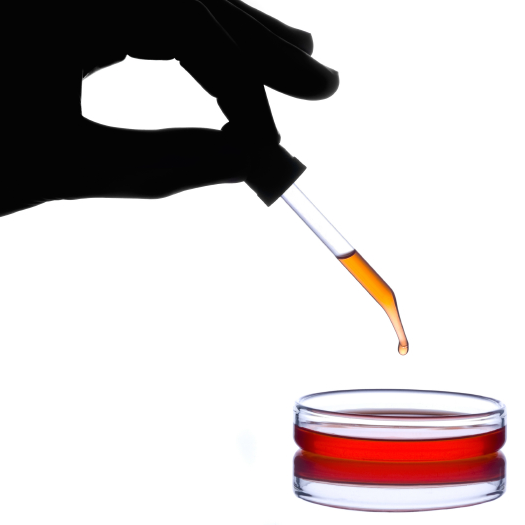Last week I was at IoT World 2017 in Santa Clara and while I only stopped in at the vendor expo for a few days, there were a number of changes within the expo floor from last year that I noticed.
- We are still very much in Day 1 of IoT. Things are still ebbing and flowing as the underlying vendors within IoT figure out what they want to be.
- I noticed a number new (to me at least) smaller platform vendors, though they are at least focusing their platform, or at least their marketing, on specific vertical areas of IoT.
- Pivots are still happening; platform vendors are adding devices and turning into solution providers; some solution providers are ditching their devices to focus on their platforms, and some larger firms are realizing that there is little value for them in trying to be their own platform and instead have OEM’d someone else’s platform (though this is sometimes apparent and sometimes not).
- A few vendors are understanding the ecosystem needs around IoT and were presenting themselves as the ecosystem hub, Samsung specifically…
- …while other ecosystem driven vendors chose not to represent, Amazon Web Services and GE Predix specifically.
- I found it still hard to differentiate between vendors as building block providers, integrated platform providers, or vertical solution providers.
- Customers are better educated on what IoT means and seemed to be asking more specific question around use cases and projects.
It seems that there still is a need for a IoT Solution reference architecture which can be used to both connect the business and technical as well as gauge vendors offering against. Which is something that I have been working on for a while in the background and look forward to offering up to the community soon.
20170523 Update: I forgot to mention that one of the most interesting enabling technologies that I came across at IoT World was from Matrix Industries. It’s not really the smartwatch they show on their website but the underlying Thermoelectric Technology. Take heat and turn it into power to charge a battery. In the world of IoT, and I’m thinking specifically IIoT, there is heat generation that already happens due to the operation of the device. Using a thermoelectric generator (TEG), like the one Matrix Industries has inside their smartwatch, you could power your IoT related sensors and possibly the communication channel (assuming they are both low power enough to be powered by a TEG) as a side effect of the waste energy from your device/equipment. I haven’t dug into this much in depth, but it’s an interesting potential concept to help create longevity and increase the scalability of the sensors within your IoT Solution.

Leave a Reply